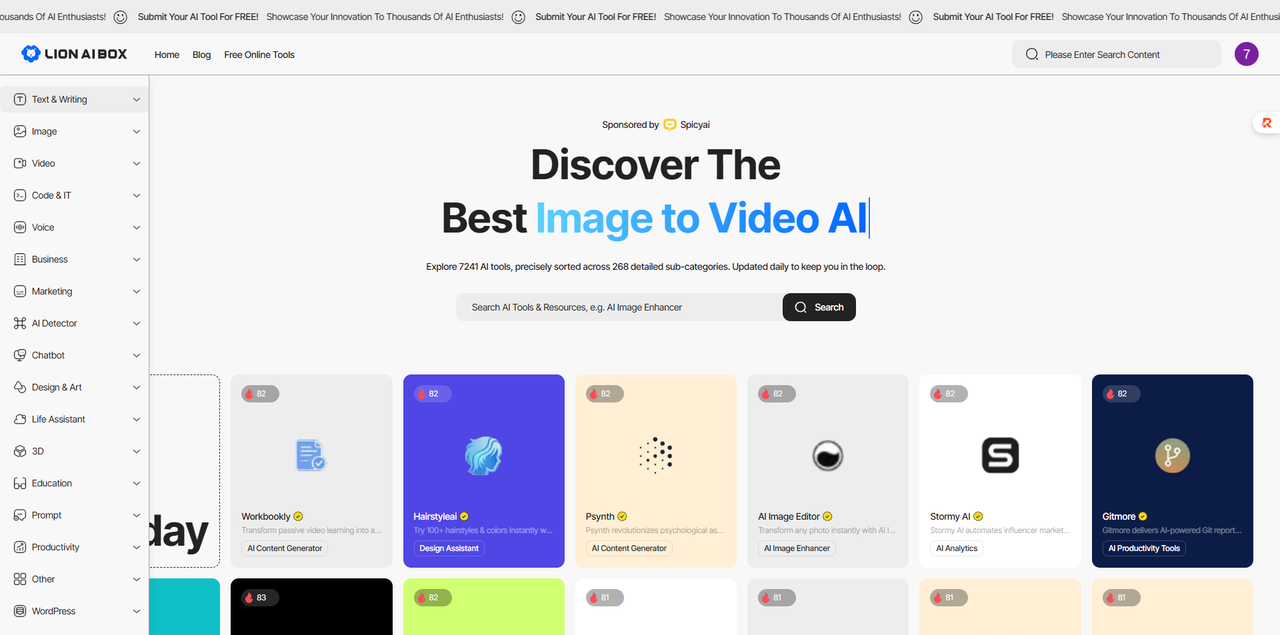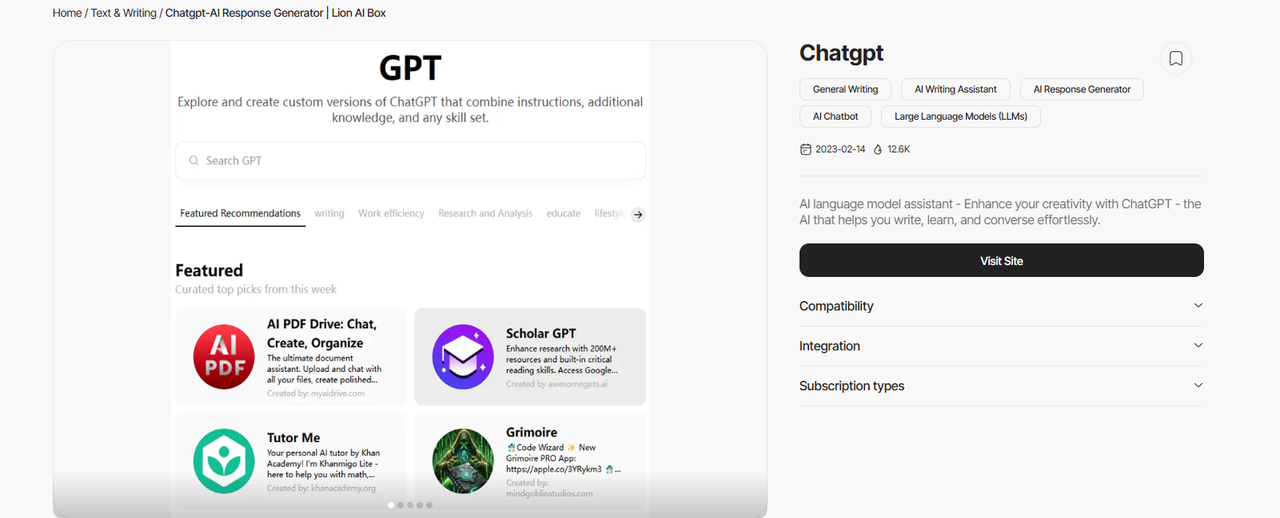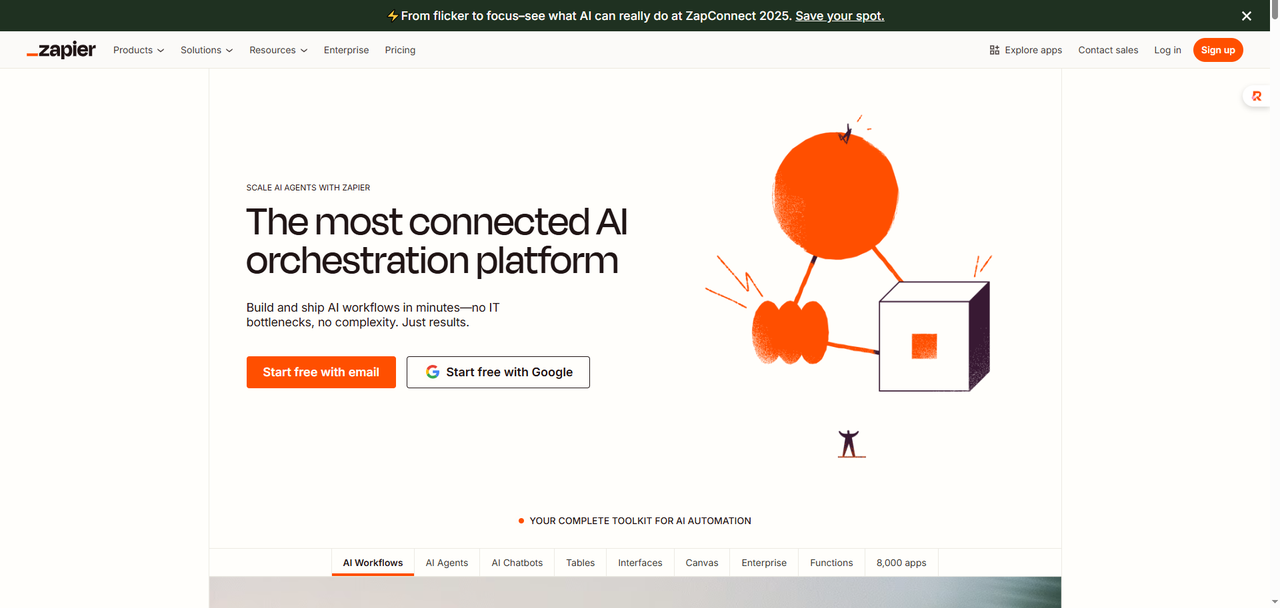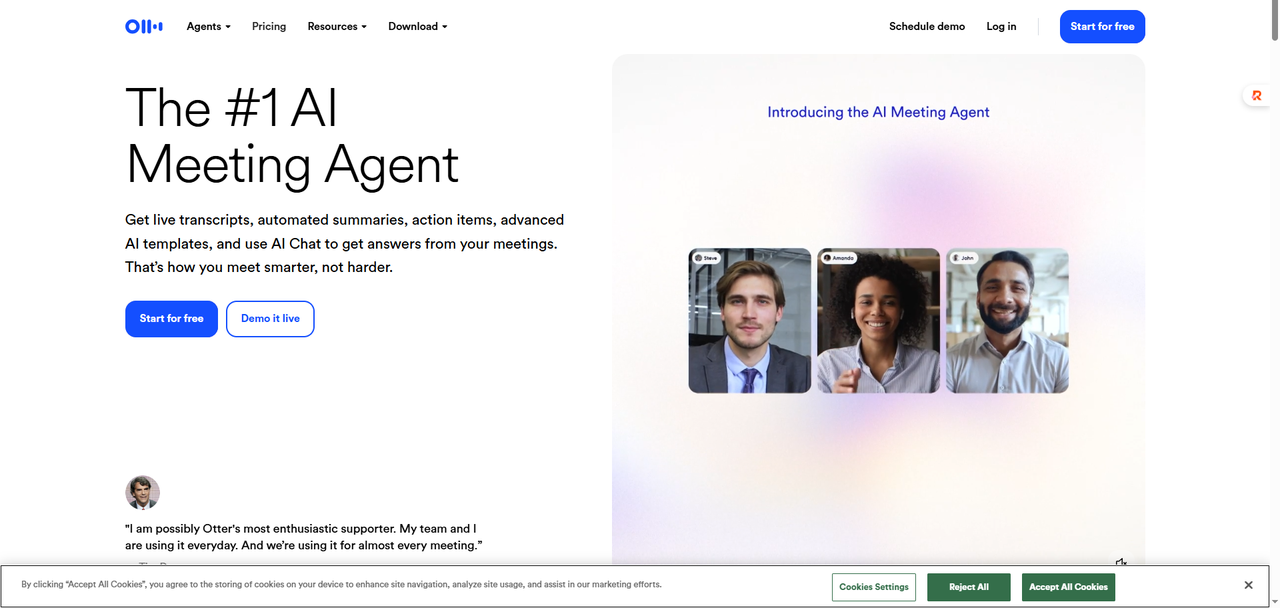Introduction: The Rise of AI Tools in 2025
The year 2025 has marked an extraordinary acceleration in the adoption and evolution of artificial intelligence tools. With advancements in machine learning, natural language processing, and neural networks, AI is no longer confined to laboratories or niche industries. It has become a cornerstone technology for businesses, professionals, and everyday users alike, transforming workflows, decision-making, and problem-solving across domains.
AI tools today cater to a vast array of applications, from enhancing productivity and automating repetitive tasks to generating creative content and providing advanced data analytics. The scaling of cloud computing resources, coupled with advancements in AI frameworks, has also made these tools more accessible and affordable than ever. Furthermore, organizations are increasingly integrating AI software into their core operations to stay ahead in a fiercely competitive global market.
Key sectors, such as healthcare, finance, education, and retail, are leading the charge in leveraging AI. For example, diagnostic systems powered by AI models now provide faster, more accurate assessments in medicine, while generative AI is helping content creators produce high-quality work in minutes. Education platforms are using AI-driven tools to personalize learning paths, and customer support systems are adopting AI-enabled chat assistants to offer seamless, 24/7 service.
The progress made in AI capabilities is paralleled by the challenges that come with it—data privacy concerns, ethical dilemmas, and the risks of bias in model outputs. As a result, choosing the best AI tool is more than a technical decision; it requires understanding the implications of the tool's features, trustworthiness, and alignment with ethical standards.
This thriving AI ecosystem in 2025 sets the stage for a closer examination of the leading tools shaping this transformative landscape.
Criteria for Choosing the Best AI Tool
Selecting the best AI tool in 2025 requires a thorough evaluation of specific criteria that reflect diverse use cases and technological advancements. With an expanding array of AI applications, decision-makers must identify tools that align with their organizational objectives, technical demands, and budget constraints. Below are the key factors to consider:
1. Performance and Accuracy
- The tool's ability to deliver high-quality and accurate outputs is a principal consideration. Users should assess the tool's efficiency in performing tasks related to natural language processing, image recognition, predictive analysis, or other AI capabilities.
- Benchmarks, peer reviews, and real-world performance metrics can serve as reliable indicators of its accuracy.
2. Ease of Use and Adoption
- A user-friendly interface coupled with a short learning curve ensures seamless adoption across different teams.
- The extent to which the tool supports both technical and non-technical staff is crucial, as usability impacts productivity.
3. Integration and Compatibility
- It is essential to ensure the AI tool integrates smoothly with existing software ecosystems.
- Compatibility with programming languages, APIs, and cloud storage solutions should be assessed to prevent disruptions.
4. Scalability
- Organizations should anticipate their long-term requirements and evaluate whether the tool can scale as operations grow.
- Scalability in terms of both data handling and feature updates is a critical feature for ensuring future relevance.
5. Customization
- Tools offering adaptability through custom-built models and configurations are better suited to handle niche problems or industry-specific challenges.
6. Cost and Licensing
- The value provided by the tool must align with its licensing fees, subscription plans, or hidden operational costs.
- Flexibility in pricing models, such as pay-as-you-go plans, can be advantageous for diverse use cases.
7. Ethical AI and Security
- A commitment to ethical AI practices, such as bias mitigation and transparency, should be prioritized when evaluating options.
- Measures taken to ensure data security, compliance with industry standards, and user privacy should not be overlooked.
- Careful evaluation of these factors ensures organizations select an AI tool that meets their operational needs while delivering measurable outcomes.
Top AI Tools for Productivity and Automation
As artificial intelligence continues to redefine the way individuals and businesses operate, productivity and automation tools have become indispensable. Here’s a look at the leading AI tools of 2025 that stand out for their innovation and efficiency.
Lion AI Box
If you’re looking for an all-in-one AI platform, Lion AI Box is a strong contender. It brings together powerful features for writing, research, and task automation, making it a versatile choice for both businesses and individual creators. Unlike many single-purpose tools, Lion AI Box integrates multiple functions in one place—helping you stay productive without constantly switching apps.

ChatGPT
When it comes to conversational AI, ChatGPT remains one of the most widely used tools. It’s excellent for drafting emails, generating content ideas, and brainstorming solutions. For automation, ChatGPT can be integrated into workflows like customer support chatbots or automated content creation pipelines, freeing up time for more strategic tasks.

Zapier
Zapier has long been the go-to tool for workflow automation, and with AI integrations, it’s even more powerful. You can connect your favorite apps—like Gmail, Slack, or Google Sheets—and let AI handle repetitive tasks such as data entry, notifications, or report generation. This is a game-changer for marketing and operations teams who want to scale efficiency.

Notion AI
Notion AI combines the flexibility of a knowledge management system with smart AI features. From drafting notes and summarizing reports to helping brainstorm project ideas, it boosts productivity for both individuals and teams. Its ability to embed AI directly into your workspace makes collaboration smoother and faster.

Otter.ai
Meetings are essential, but taking notes can be a distraction. Otter.ai solves this by automatically transcribing conversations in real time. Beyond simple transcription, it also generates meeting summaries and action items—helping teams stay aligned and improving communication efficiency.

Perplexity AI
If research is part of your workflow, Perplexity AI is a must-try. Acting as a smart search and research assistant, it provides precise answers and generates well-structured reports. Instead of manually sifting through endless articles, you can get the insights you need quickly—perfect for students, analysts, and professionals.
Conclusion: Choosing the Right AI Tool for Your Needs
Selecting the ideal AI tool in 2025 demands careful consideration of various factors to align technological capabilities with individual or organizational requirements. With rapid advancements in artificial intelligence, tools differ significantly in functionality, ease of use, and the scope of applications they enable. Understanding the differences and evaluating them against specific needs can help users make informed decisions.

Written by
GoldenBloom
Blooming like a flower, shining like the sun.
Blooming like a flower, shining like the sun.
 Submit Your AI Tool For FREE!Showcase Your Innovation To Thousands Of AI Enthusiasts!
Submit Your AI Tool For FREE!Showcase Your Innovation To Thousands Of AI Enthusiasts! Submit Your AI Tool For FREE!Showcase Your Innovation To Thousands Of AI Enthusiasts!
Submit Your AI Tool For FREE!Showcase Your Innovation To Thousands Of AI Enthusiasts! Submit Your AI Tool For FREE!Showcase Your Innovation To Thousands Of AI Enthusiasts!
Submit Your AI Tool For FREE!Showcase Your Innovation To Thousands Of AI Enthusiasts! Submit Your AI Tool For FREE!Showcase Your Innovation To Thousands Of AI Enthusiasts!
Submit Your AI Tool For FREE!Showcase Your Innovation To Thousands Of AI Enthusiasts! Submit Your AI Tool For FREE!Showcase Your Innovation To Thousands Of AI Enthusiasts!
Submit Your AI Tool For FREE!Showcase Your Innovation To Thousands Of AI Enthusiasts!








No comments yet. Be the first to comment!